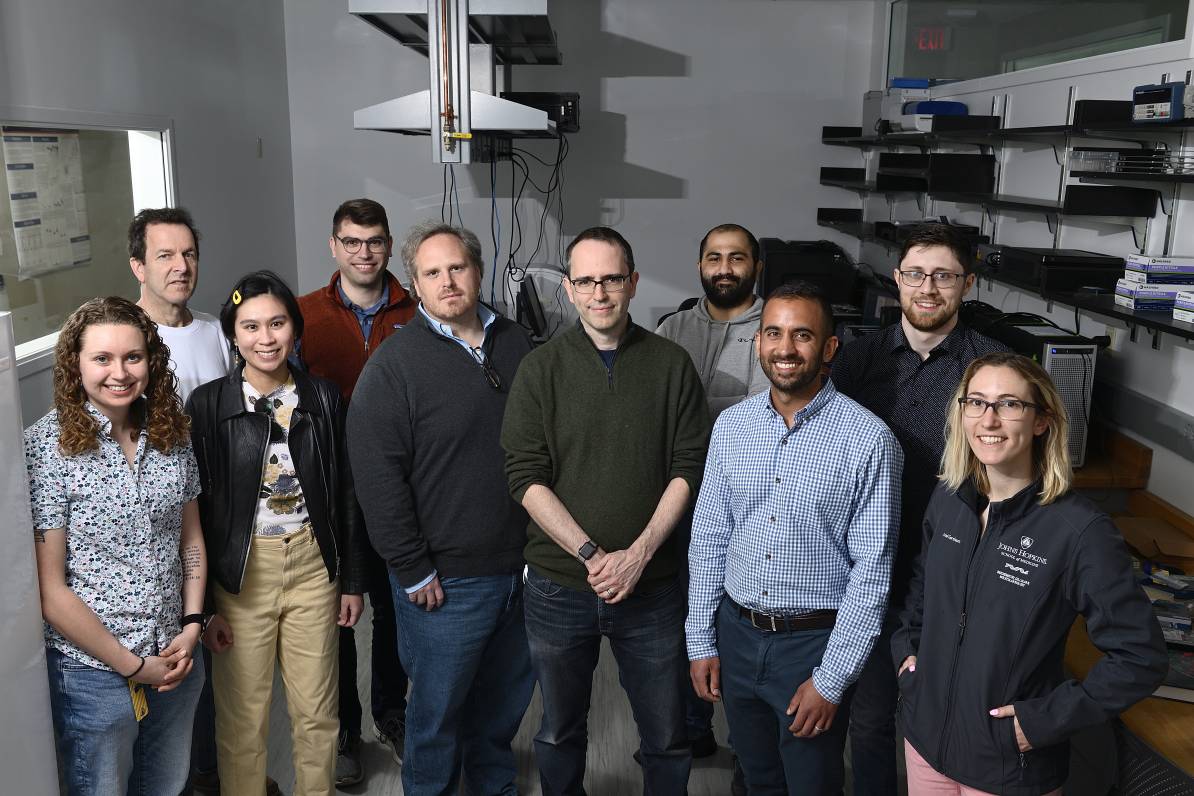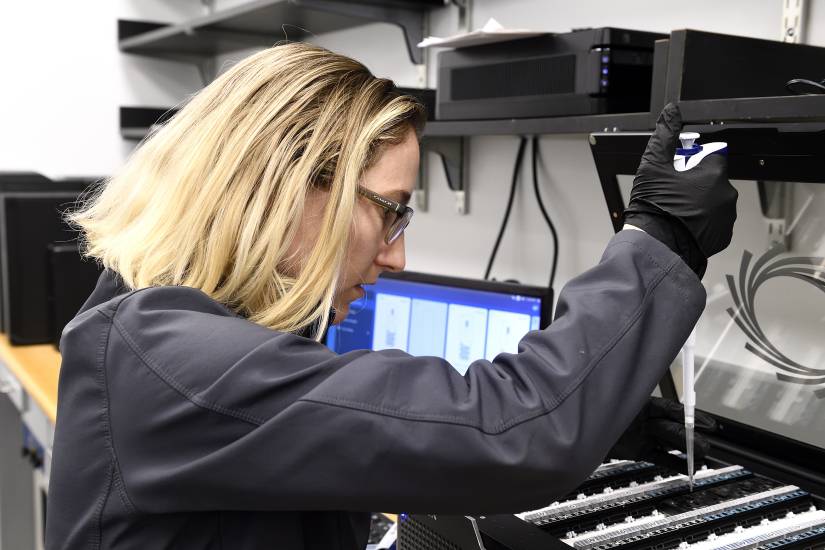A group of Johns Hopkins University scientists has collaborated with more than 100 researchers around the world to assemble and analyze the first complete sequence of a human genome, two decades after the Human Genome Project produced the first draft.
The work is part of the Telomere to Telomere (T2T) consortium, led by researchers at the National Human Genome Research Institute (NHGRI); University of California, Santa Cruz; and University of Washington, Seattle.
Johns Hopkins contributed key research to the effort to decipher our DNA—which has remained a mystery despite the initial progress 20 years ago. The revelations are expected to open new lines of molecular and genetic exploration while providing scientists with a clearer picture of how DNA affects the risks of diseases, and how genes are expressed and regulated.
A package of six papers reporting the achievement appears in today’s issue of Science, along with companion papers in several other journals.
“Opening up these new parts of the genome, we think there will be genetic variation contributing to many different traits and disease risk,” said Rajiv McCoy, an assistant professor in the university’s Department of Biology in the Krieger School of Arts and Sciences whose research focuses on human genetics and evolution. “There’s an aspect of this that’s like, we don’t know yet what we don’t know.”
McCoy and 12 Johns Hopkins researchers worked on different aspects of the international initiative, contributing to the main genome assembly project and to several companion works analyzing what can be learned about patterns of genetic and epigenetic variation from person to person through the newly sequenced sections of the genome.
Winston Timp, associate professor of biomedical engineering in the Whiting School of Engineering, and his graduate student, Ariel Gershman, worked on a part of the project that focused on how the completed genome will enhance understanding of gene regulation and expression–the process of turning genes “on” and “off.”
Johns Hopkins researchers, led by PhD students Samantha Zarate, Stephanie Yan, and Melanie Kirsche, along with postdoctoral researcher Sergey Aganezov, specifically helped demonstrate how having a single complete genome improves the ability of scientists to understand variations in the genomes of individuals from different populations. By analyzing data from more than 3,200 people from around the world, they revealed more than a million genetic variants that were not previously known. To do so, the Hopkins team used the NHGRI Analysis, Visualization, and Informatics Labspace (AnVIL), a cloud-based platform co-lead by Bloomberg Distinguished Professor Michael Schatz, who was also an author of the T2T papers.


